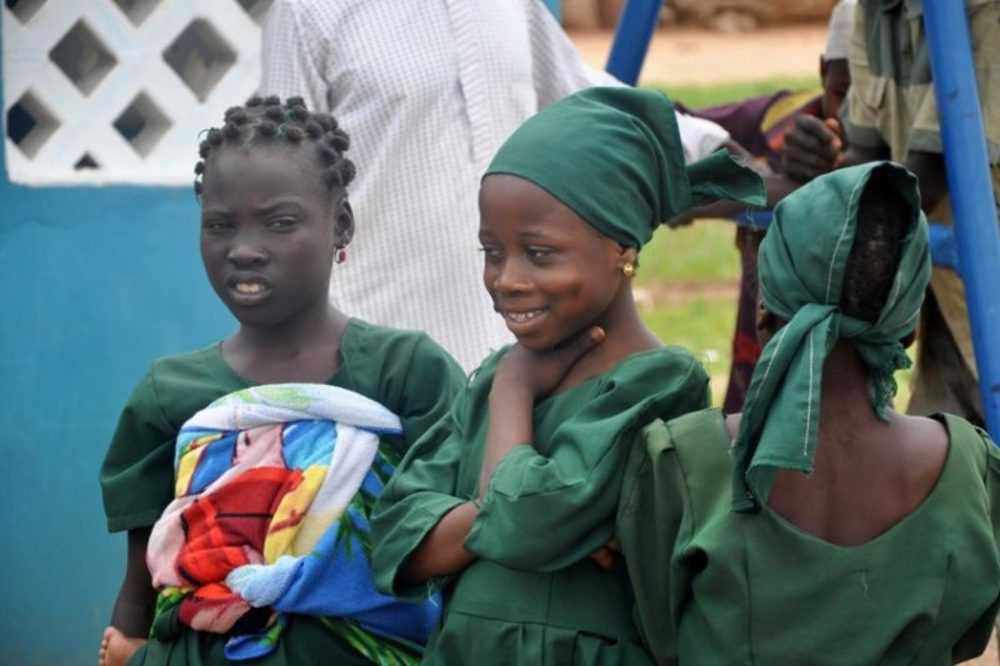
Bridget Mabanda
Child pregnancies in Africa continue to disproportionately affect girls in different communities with significant consequences on their education, health, social life and enjoyment of rights, a Human Rights Watch report says.
This problem cuts across the region and Zimbabwe is not spared. In Zimbabwe, some girls have been stuck by economic effects brought by the Covid-19 pandemic.
While many are squirming and staggering under the pandemic’s stranglehold, a number of girls are finding the going tough.
Zimbabwe’s National Statistics Agency in 2014 published the results of a survey called the Zimbabwe Multiple Indicator Cluster Survey, which found that 32.9 percent of women between 20 and 49 married before age 18.
With a dark shadow looming overhead, livelihoods of some girls are circling the drain.
A few people can narrate the suffering more than organisations that work with the girl child.
Karen Mukwasi, director of The Pada Platform, said few cases of child pregnancies have seen the light of the day, there are still thousands more that have not come to light.
“Sexual gender-based violence cases are severely under reported. There are cases that are profiled as the extreme ones. There are also cases where apostolic sects are burying children who would have died in childbirth without reporting the cases,” she said.
Anna Machaya’s case represents many cases of child pregnancies which usually come out if the child falls pregnant or dies as a result.
During the January-February 2021 lockdown, the government recorded nearly 5 000 teenage girls who got pregnant and about 1 800 who got married under the age of 18, according to Women Affairs Minister Sithembiso Nyoni.
Mukwasi said duty bearers are not doing enough to bring protection of the girl child as well, society is sweeping issues under the carpet and looks the other way.
Shamwariyemwanasikana (SYS), a Non-governmental organisation recorded 512 child marriage cases during the lockdown and it was in most cases due to child pregnancies.
Rudo Magwanyata Advocacy and Research Co-ordinator at (SYS) sentiments on reportage of child pregnancies echoes Mukwasi’s sentiments.
SYS said child pregnancy is prevailing more than what people are seeing in media right now and it is unfortunate that it is only now that people are realising how these cases have been rampant in Zimbabwe.
However, Magwanyata said there is still more to be done because some communities still sweep these cases under carpet as they fear negative comments from the society.
She said the blame is not on anyone when it comes to issues of teenage pregnancies because it is everyone’s right and responsibility to ensure that every child who is a minor is protected.
Majority of girls have been under the same roofs with potential abusers who are close family members. Zimbabwe Republic Police (ZRP) on 29 August 2022 arrested the father (29) of the nine-year-old girl who gave birth earlier last week in Bulawayo when it was discovered that the minor was pregnant and is assisting police with investigations.
He allegedly told his daughter that “goblins will visit her at night and insert something in her private parts.”
The goblins that the father forewarned his daughter about, are alleged to have visited the nine-year-old only on nights when her mother was away from home and the father was left in the care of her father.
Ending child pregnancies or marriages require a multi-sectorial effort involving government, the community and organisations.
According LADEV Zim, an organisation that empowers women, these institutions need to raise awareness on the dangers of child pregnancies, marrying off young girls and lobby for legislation that protects the girl child.
Related Stories
This approach will complement laws such as the Marriage Act of 2016, which outlaws child marriages.
“You find that as Zimbabwe, we have good legal pieces and frameworks that are meant to safeguard the girl child, the High Court ruling in May also criminalised marriage of girls under the age of 18.
“We have ratified so many regional and international conventions as our commitment to protect the girl child, to add more as a country, we are also implementing the Sadc Model law on Child Marriages but still Zimbabwe is home to over 1 million child brides and cases of child abuse have been skyrocketing since the beginning of the year,” said Nyasha Mudavanhu, Executive Director at LADEV Zim.
Mudavanhu said the issue is not the legislation, there is definitely a lot that needs to be done to protect young girls.
“Comprehensive Sexuality Education and GBV abuse need to be taught from home up to school so that girls will know when they are being abused.
“The public needs to be educated and empowered to be whistle-blowers within their communities, it surely takes a village to raise a girl child and it’s everyone's responsibility to protect them,” she added.
She said her own sister got married at the age of 15 and her first baby did not survive, the case was reported but nothing was done to the perpetrator, meaning that these cases are more prevalent than what is reported.
Mudavanhu said parents as primary care givers, it is their role to protect and provide basic Sexual and reproductive health and rights (SRHR) education to their kids, gone are the days where we used to have ana tete (aunts) who helped with SRHR education.
On social media, which today ranks as one of the major sources of entertainment, a number of girls are exploited, coerced by men to indulge in explicit chats that undermine girls’ character, personality as well as behavioural conduct, putting them in compromising positions and due to boredom and falsehood, they submit to sex, according to research.
Research shows that household poverty has led to a number of child marriages as parents view their girls as meal ticket out of poverty.
Many communities see child marriage as part of their tradition with some using young girls to appease avenging spirits commonly known as kuripa ngozi.
Rather, money and cattle should be used for appeasement other instead of the lives of young girls.
Furthermore, values and customs which support child marriage need to be eradicated.
The government should engage religious leaders to encourage congregates to desist from such practices.
Patriarchal setups that do not value the girl child, harmful religious and cultural practices.
Some apostolic sects have for long been some of the churches that have routinely promoted child marriages and should be challenged.
Research shows that tradition and religion are some of the major contributors to child marriage and child pregnancies, apart from poverty, gender inequality, limited education and insecurity in the face of conflict.
According to a study conducted by Jeffrey and Nyasha Kurebwa in 2018, religious groups say “We seek guidance from the holy spirit first before marrying; so, if I am directed to a young girl, I have no option but to marry”.
Such practices should be condemned and perpetrators should be arrested.
Organisations like Improving Girl’s Access through Transforming Education (IGATE) roped in uplifting girls’ living standards through charity programmes. IGATE identifies barriers that limit girl’s access to education. Charity programmes must include safe space programmes which offer a varied curriculum covering life skills, health and financial literacy.
These programmes need to provide educational services, healthcare and child protection mechanisms. A 2012 UNFPA report indicated that “education on sexual reproductive health would reduce the risk of indulging in early child marriages.”
Providing health services on sexual reproduction would enlighten the girl-child on potential complications associated with intergenerational relationships. Furthermore, the interventions should be youth friendly and accessible. In rural areas, chiefs’ wives can be used as allies in fighting for women freedom.
Currently, there is a limit to what traditional leaders can do to curb the problem, as there are no mechanisms to enforce the traditional courts’ decisions.


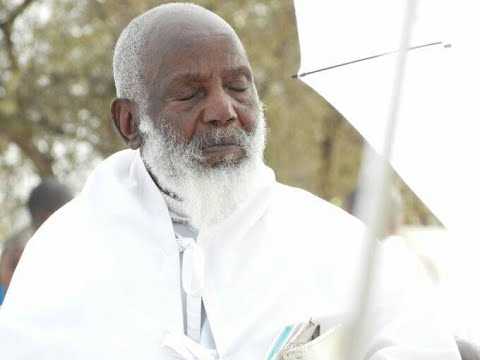


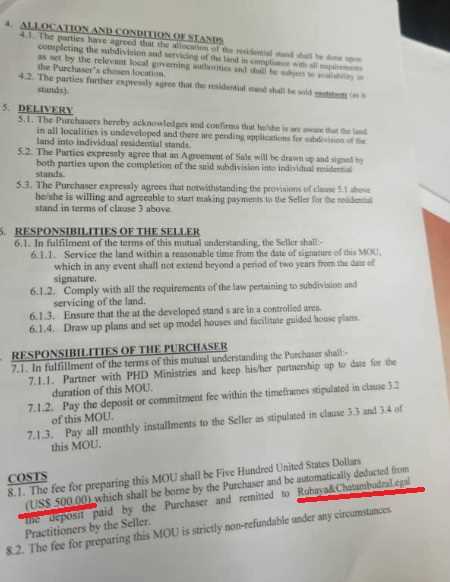






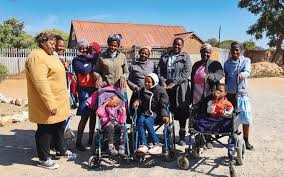

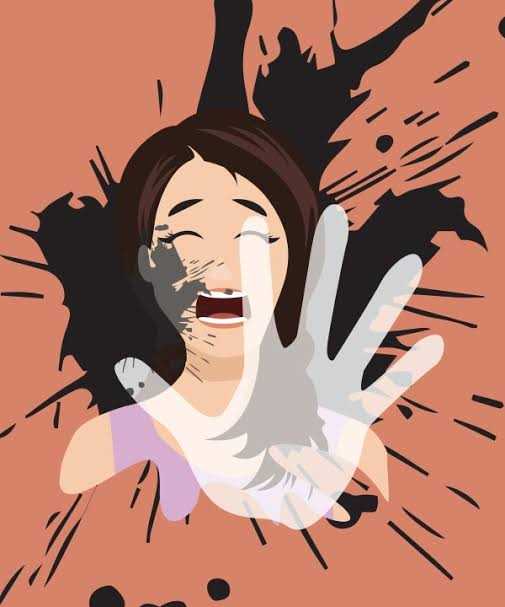

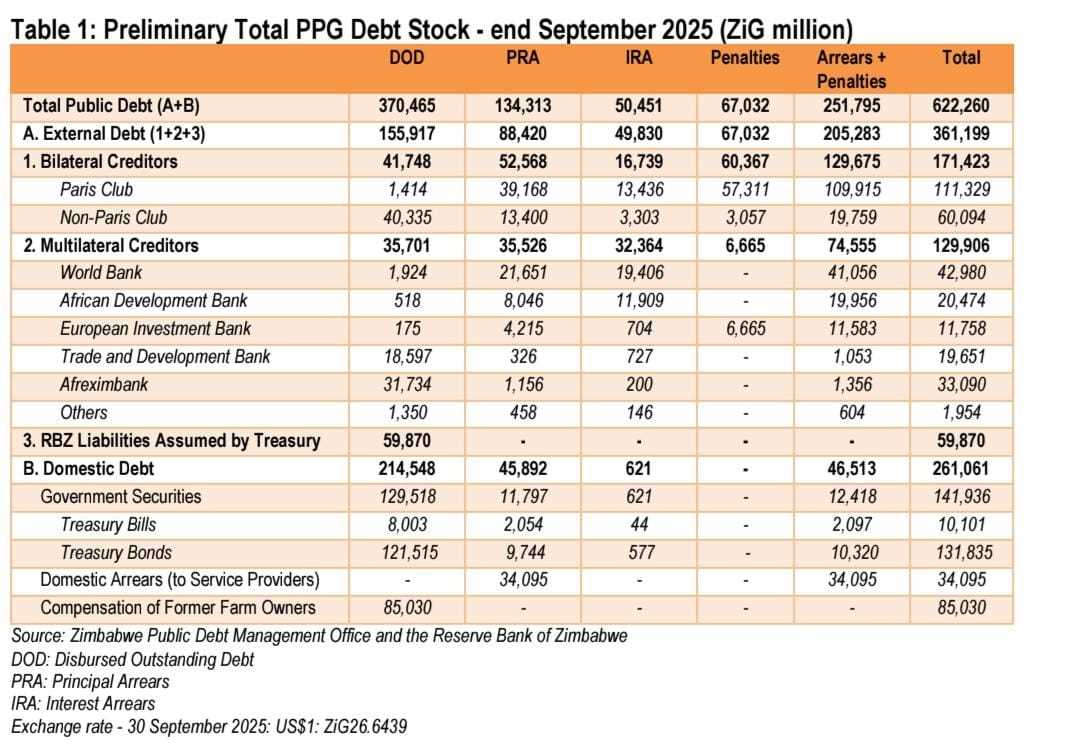



Leave Comments